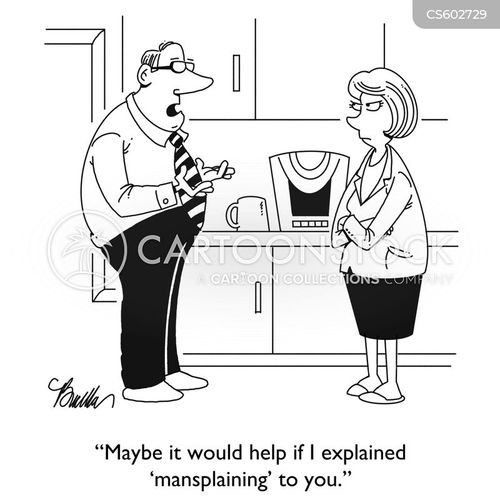➜What I learned In This Course
The reason why I chose this image to represent what I learned throughout this course is because the picture shows a Bodega (corner store). Bodegas capture people from the Caribbean. Most bodegas reflect Latino culture with the vibrant colors and the music played. Throughout this course I have learned so much about the Latinx Community. Not only have I learned about the many struggles Latinos had to go through but we also learned about the many victories there have been in Latino history. This picture is a representation of the Latinx Community and they represent one of the many things that Latinos are proud of.

➜La Guera Cherrie Moraga
While reading this story I think that what caught my attention the most because it was so relatable to me was that the narrator talks about how her mom had to leave school at a very young age because she had to work in order to help her family. This relates to my life because the same thing happened to my mom. Growing up in the Dominican Republic my mom was not able to finish school because she had a very big family which consisted of her mom, dad, and her 10 siblings. Instead of focusing on school, my mom had to focus on working to help out her family. Another point that the narrator makes that I can relate to was that she said that she would have to help her mom write checks and fill out job applications. In my case, I had to help my mom with similar things but not because my mom was illiterate but because she didn’t speak English so I would have to be the one to help her translate important documents.
↳(Website was not allowing me to upload my audio file)
♫ Kimberle Spotify Playlist ♫

➊ The first song that I chose is the song “Shallow”. The reason why I relate this song to “Kimberle” is that this song is about someone who is fighting and dealing with a lot of different emotions and not knowing how to handle them and having a feeling like you’re stuck and are not going anywhere. In “Kimberle” life is throwing so many things at Kimberle and the narrator. The narrator is going through a breakup and Kimberle had just gotten kicked out of her apartment because she had been late on rent on multiple occasions.
“I’d just broken up with my boyfriend—it was my doing, it just
felt like we were going nowhere—but I was past the point of righteousness
and heavily into doubt.”
➋ The second song that I picked was the song “Falling”. This song also related to the story because this song is about when you feel yourself falling back into a place that you know is low for you. The song talks about feeling sad about what you have lost.
“This complicated my life a bit more than usual, and I found myself drained after dealing with the temporarily house-bound Alfredo, whose pent-up frustrations tended to result in toppled chairs, broken picture frames, and a scattering of magazines and knickknacks. It felt like I had to piece my mother’s place back together every single night she was gone.”(Obejas 7)
➌ The last song in my playlist that relates to “Kimberle” is the song “Lose you to love me”. This song gives a sense of hope that no matter how hard things get you will come out the other side stronger and better than ever. Although it’s not an easy journey it is something that will teach you many precious and valuable things along the way. This song ties back to the story because towards the end of the story we see a shift in Kimberle. She now leaves her room and she has multiple people over her house unlike her at the beginning of the story.
“To my amazement, Kimberle had brought somebody home.”
☉Pandora’s Box
➥ The article above related to “Pandora’s Box” because they both discuss what it is like growing up as transgender in American society and the constant judgement. The article that I chose is about Jazz Jennings who I grew up watching from a very young age because her story always caught my attention. Jazz describes what its like growing up as transgender teenager and all the struggles that she had to overcome.
✩ Photo Comparison ✩


➤ Although these two pictures may not look like they’re visually connected I decided that there was something about both of them that makes them relate in one way or another. When I first saw these two pictures I got a sense of loneliness from both of them. The first picture shows empty and maybe abandoned train tracks. In the first picture, we get that feeling of loneliness because there is no one there and there is nothing there either, just some old train tracks. The second picture shows a little girl in the woods. This picture shows loneliness because the little girl has no one by her side. The only things that are there with her are the animals around her but that doesn’t really change anything.
José Olivarez Mexican Heaven

This poem and this movie relate because both of them talk about immigrant parents coming to America for a better future for them and for their child. In the movie, a single mother leaves her young son with his grandmother to illegally cross the border into the U.S. In the hopes of providing a better life for her son, she starts working as a cleaning lady in Los Angeles. When they attempt to reunite many obstacles get in their way but the mom never loses hope that they will eventually one day be together again. This relates to the poem because the poem talks about how the parents had hope that the man in green won’t open the trunk.
Porcupine Love
I couldn’t get Antenna out of my mind. Everything I did I thought of her. I am going crazy and all I cant think about is how I have to have her in my arms right now. I decide I know what I am going to do. I don’t care about anything anymore. I will never get this chance again. I need to go see her. 2 continents, 3 oceans, 8,643 miles, and 31 airplane hours between us. All of that will soon be 0 and all of my worries will be gone when I see her.
I book my flight. I am still in shock that I did that. I have unpaid bills. My boss is going to fire me. I didn’t seem to care one bit. All I wanted was Antenna next to me. I know everything that I am leaving behind can easily be replaced but the one thing in life you can’t replace is a person who you love and loves back just as much. The day was getting closer and I could not be more excited for this new chapter in my life.













